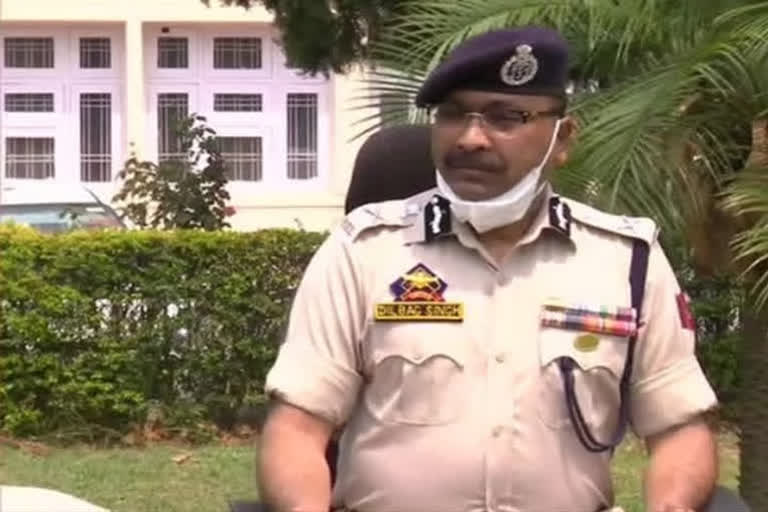Srinagar: Drones have added a new dimension to security threats from terror groups and investigations into the attack on the Jammu IAF station last month, show involvement of non-state actors, supported by state actors such as the ordnance factory of Pakistan, Jammu and Kashmir DGP Dilbag Singh said on Tuesday. He also pointed out that in the past, drones from across the border have been used to drop currency, arms and ammunition inside Indian territory and with the introduction of unmanned aerial vehicles (UAVs) in terror activities, more efforts are required to see to it that this new and emerging threat is neutralised effectively.
Singh, a 1987-batch IPS officer, spoke on various issues during an interview with the agencies media, and these included the present situation on the militancy front and the new threats that have emerged with the use of drones by terror outfits like the banned Lashkar-e-Taiba (LeT). "Drones have come recently, say in September last year. First, that came as a big surprise, but we were able to gear up our resources to counter that threat. I am happy to report that in cases of use of drones carrying weapons and narcotics and other explosives... our security grid, intelligence grid of police and security agencies, was very effective in taking countermeasures,” the DGP said. "We were able to intercept around 32 sorties out of roughly 40 sorties which were made," Singh said.
However, what happened during the intervening night of June 26 and 27 at the Jammu Indian Air Force (IAF) station, where drones were used to drop improvised explosive devices (IEDs), was "a very condemnable incident and very wrong kind of doing on the part of non-state actors (terror groups) who are likely to have been supported by state actors (Pakistan army or ISI)", he said. "Picking up this kind of a target has added a new dimension to our security threats from terrorists. We have taken countermeasures. Certain additional technologies have been deployed along the border. We are trying to take extra precaution with regard to vital installations," Singh said.
Also Read: Pak looking for soft targets to foment trouble in J&K: DGP
When asked to give details of investigations into the drone attack on the IAF station in Jammu, he said the probe suggests a couple of things like the flight path of the drones suggests they came from Pakistan right to the airfield, and the aerial distance from the IAF station to the international border is 14 km. The second and most important part that emerged during the investigation, was that expert opinion "suggested that the IEDs may have been fabricated by a well-organised unit like an ordnance unit...it suggested certain footprints of an ordnance unit so that kind of assessment was there", Singh said.
The other aspect was that the explosive material which was used in the IEDs was RDX and this is not available in the open market. It is a military-grade explosive material and it definitely must have been sourced from a government agency from across the border, he said. IEDs, weighing around six to seven kgs, which were seized on the same day of the IAF base attack, from another part of Jammu had also been dropped from a drone and collected by a terrorist who was subsequently arrested, the DGP said.
